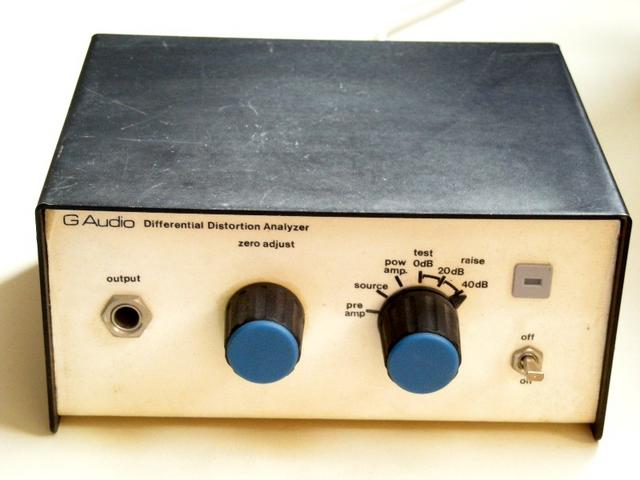This is a review and detailed measurements of the ultra cheap, "vintage," retail RCA cable. A member kindly sent it to me. It is not available anymore but I see two-packs on ebay for $4.
Conclusions
Electrically the Recoton RCA cable is as good as "no wire" internal loop back in the analyzer. So it doesn't get any better than that. In all performance vectors we get the same results. Even measuring up to 1 MHz, timing test shows the same performance.
From usability point of view, the connectors are a bit loose for my taste (although you could pinch the outer ring to fix). And cable is too thin to withstand repeated connection or disconnection. If these are not an issue with whatever cheap/free cable you have, you can feel confident that there is no performance impact on your audio equipment in using such.
Indeed, personally I use such cables when I need one that is not so stiff or too long. They take up much less space and are easier to route.
Next time someone shames you that your RCA cables are too thin and dirt cheap looking, you can point them to this review to show that they give you all the performance you or anyone else needs!
-----------
As always, questions, comments, recommendations, etc. are welcome.
Any
donations are much appreciated using
: https://www.audiosciencereview.com/forum/index.php?threads/how-to-support-audio-science-review.8150/

